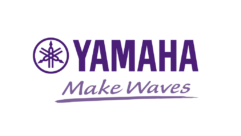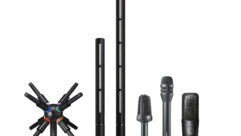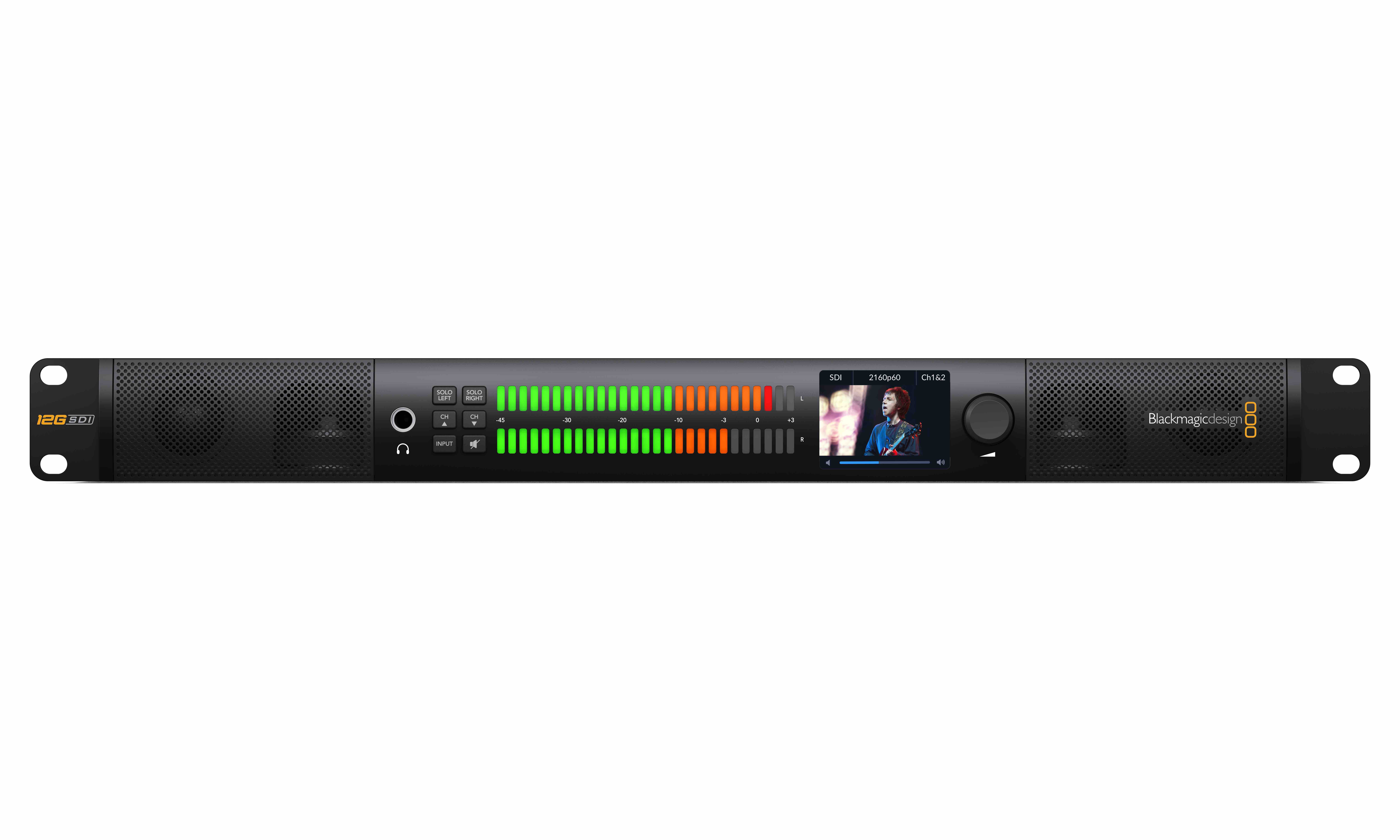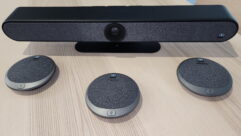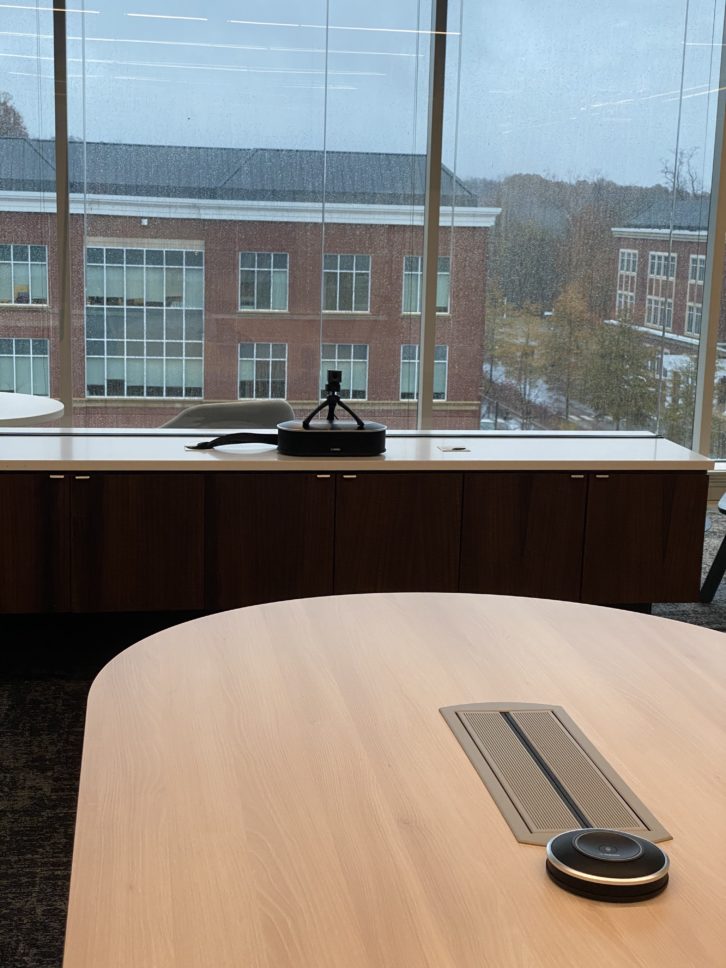
The Biocomplexity Institute of University of Virginia studies the multifaceted interplay between living and non-living systems — essentially: life. Two years ago, the organization opened a new facility at the University of Virginia campus in Charlottesville. The building includes a variety of conference rooms, huddle rooms, and other collaboration spaces used for teaching, research, and meetings. Prior to COVID-19, these spaces were installed with off-the-shelf consumer-grade conferencing equipment. However, the organization quickly learned that the products didn’t easily integrate with the Crestron room control system also installed in the room nor did it deliver the caliber of audio quality necessary to support the high-frequency of remote lectures and meetings due to COVID-19.
Because of the high-level research the organization performs for the government and the university, the organization needed a professional-quality UC system that would easily and neatly integrate with Crestron and deliver the clarity of speech essential for lecture capture and meetings. Known for providing interoperability with leading room control systems as well as superior audio Integration firm Horizon AVL turned to Yamaha UC.
For the huddle rooms, the Horizon AVL selected the all-in-one Yamaha CS-700 Video Sound BarTM. The Zoom-certified CS-700 Video Sound Bar combines an adaptive beamforming microphone array for perfectly captured conversation; four Yamaha speaker elements to provide the highest degree of audio intelligibility; and a wide-angle HD camera that captures participants and the room in clear detail for students and other participants on the far end. The solution eliminates the inherent inefficiencies of touching and operating disparate video and audio during calls and the eye sore of cables snaked around the room.
The CS-700 not only resolved the poor audio issues that the Biocomplexity Institute experienced, but also the lack of interoperability with Crestron. The CS-700 features an open API ideal for integration with Creston and other commercial-grade room controllers. Horizon also installed USB switches, allowing users to connect their own laptop or device or use the in-room Mac Mini. A Crestron touch panel sits on the conference table and acts as the nerve center for the room. Users can control CS-700’s control volume, mute, and camera’s zoom, pan, tilt, and input functions directly from the touch panel, creating a simple conferencing experience. Staff can launch Zoom in seconds, with all the controls they need right at their fingertips.
For the two medium and large conference rooms used for lecture capture, the AV integrator installed the Yamaha YVC-1000 Microphone and Speaker System integrated with Huddly cameras. The Zoom-certified Yamaha YVC-1000 is ideal for both remote learning and high-level conference calls. It features separate intelligent microphones and full-range speaker unit that can be placed close to a display for naturally blended audio and video to enable full far-end comprehension. Yamaha’s adaptive echo cancellation and human voice activity detection (HVAD) sound processing technologies developed over the years minimize background noise and help facilitate a stress-free, fluid conversation.
Because the YVC-1000 allows for up to five microphones to be daisy-chained, it’s perfectly suited to pick up the audio around the room. Another benefit is that the number of mics used in the room can be tailored as well as where they are laid out for reliable audio coverage suited to the room size and shape. In addition. Yamaha’s automatic auto-tuning measures and analyzes the room environment and adjusts acoustic settings to the optimal level and automatic system warnings ensure every microphone is placed for the best pickup. Like the huddle rooms, staff can control the YVC-1000’s functions right from the touch panel alongside the other devices in the room.
Now that the staff and researchers have the best quality audio with a best-in-class user experience, they’re able to use the system to conduct meaningful and impactful discussions via Zoom. The Biocomplexity Institute has played a central role in COVID-19 analysis. The organization launched the national COVID-19 Medical Response Demand Dashboard, which can project weekly COVID-19 hospitalization rates and the percentage of occupied hospital beds up to six weeks in advance. This groundbreaking prediction tool provides a clearer picture of anticipated demand, enabling local public health officials — including emergency managers and hospital administrators — to better anticipate where and when action will be needed to mitigate the impact on medical facilities.


